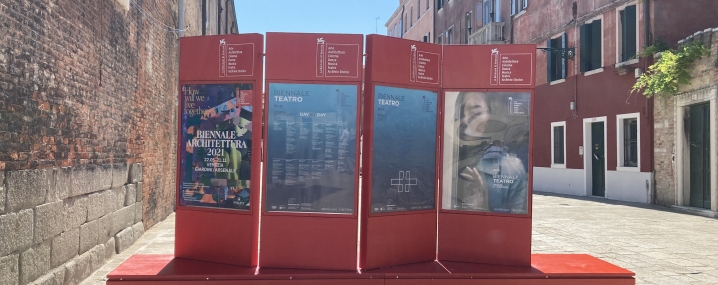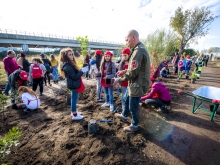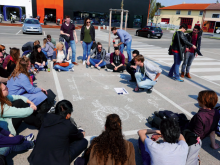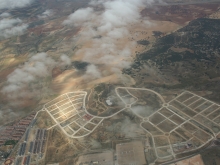Casoria
Until the end of the 1970s, Casoria was a major industrial centre, hosting important steel and chemical industries. When production activities stopped, factories and industrial sites were abandoned and Casoria developed a strong services sector. Today, the services sector also finds itself in a crisis. Local residents are leaving the area due to traffic congestion, unemployment, low quality settlements, poor quality housing, inadequate infrastructures (roads, facilities) and lack of public green space.
Casoria completed its process of population growth. Nonetheless, there is a need for more housing in the near future because of the current multiplication of households and, above all, a more general transformation of the most recent parts of the 20th-century city. Casoria includes a high number of underused areas and buildings from the industrial and services sectors. Part of the residential buildings dating back to the first post-war expansion are underused or non-compliant with current seismic design and environmental standards. The remaining open spaces, mostly situated around infrastructures (highway, railway, airport), are generally abandoned. The city wants to improve matters by turning some of these areas into large suburban public parks, by improving the quality of the areas from the 1960s and 1970s, and by transforming strategically located brownfield sites.
SOME RELATED NETWORKS
sub>urban
Article
Breathing new life into abandoned spaces
Article
New URBACT book: ‘Cities in Action - Stories of Change’
Article
Are you working on fringe?
News
'Cities in Action-Stories of Change’ publication just released!
Article
Densification beyond the city centre: urban transformation against sprawl
| M | T | W | T | F | S | S |
|---|---|---|---|---|---|---|
|
1
|
2
|
3
|
4
|
5
|
6
|
7
|
|
8
|
9
|
10
|
11
|
12
|
13
|
14
|
|
15
|
16
|
17
|
18
|
19
|
20
|
21
|
|
22
|
23
|
24
|
25
|
26
|
27
|
28
|
|
29
|
30
|
31
|
|
|
|
|







